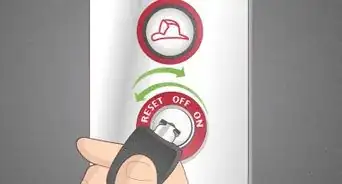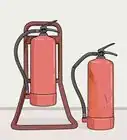This article was co-authored by wikiHow Staff. Our trained team of editors and researchers validate articles for accuracy and comprehensiveness. wikiHow's Content Management Team carefully monitors the work from our editorial staff to ensure that each article is backed by trusted research and meets our high quality standards.
This article has been viewed 10,284 times.
Learn more...
Fireproofing a bedroom can help you and your family stay safe. A large number of home fire deaths are caused by bedroom fires. To fireproof this room, you will need to ensure all exits are accessible, install fire detection and maintain electrical wiring. In addition, you will need to practice simple fire safety guidelines and make sure the bedroom is set up with a phone, flashlight and a whistle.
Steps
Setting up a Fireproof Bedroom
-
1Install a smoke alarm in the bedroom. The smoke alarm should be located in an easily accessible location, so that you can practice proper maintenance. You need to replace the batteries on the smoke detector every six months. Since smoke alarm sensitivity reduces with age, you should replace the alarm periodically. You should not use a smoke alarm that is older than ten years.[1]
- You can test the smoke alarm by pressing the button in the middle. It is best to test it once per month.
- You can see the manufacture date of the alarm by looking on the back of the device or inside the battery chamber.
- There should also be a carbon monoxide detector installed in the bedroom.
-
2Place a smoke alarm outside of the bedroom. In addition to the smoke alarm in the bedroom, there should be a smoke alarm installed just outside of the bedroom. For instance, if there is a common hallway outside of the bedroom, there should be a smoke alarm located in this location.[2]Advertisement
-
3Station a fire extinguisher in the bedroom. Since many fires start in the bedroom, it is wise to have a fire extinguisher on hand. Install the extinguisher in an accessible location that is not blocked by furniture. Make sure everyone who uses the room knows where the extinguisher is located and how to use it.[3]
- If you don't know how to use the fire extinguisher, you should phone your local fire department. Ask if they have any upcoming fire extinguisher training sessions.[4]
-
4Keep space heaters away from flammables. If you use space heaters in the bedroom, you should keep them away from curtains, bedding, magazines, bookcases and other flammables. Make sure the space heater is set up in a safe location, such as the middle of the room and at least three feet away from bedding and furniture.[5] You should use the following space heater safety guidelines:[6]
- Locate space heaters on flat ground, away from furniture.
- You should follow the manufacturer’s instructions for the space heater.
- Make sure the space heater plug is in good working condition. If it is frayed or broken, you should get rid of the heater.
- Turn off the space heater when you go to sleep.
- Never use the space heater when you are not in the room.
- Keep space heaters away from foot traffic and doorways.
- Plug the space heaters directly into the wall, rather than using extension cords.
-
5Check the electrical wiring. Electrical malfunctions are a serious fire hazard, so you should get a certified electrician to assess the wiring in the bedroom. If there are any flickering lights, warm outlets or outlets that give you a shock, you should definitely get the wiring fixed.
-
6Avoid using electrical extension cords. You should avoid using too many electrical extension cords in the bedroom. You don’t want to place the extension cords under carpets or furniture, which could pose a fire risk. Instead of extension cords, you should add more wall plugs to the bedroom.
- If there are electrical extension cords in the room, you should make sure they are not running under any carpets, pinched between doors or underneath furniture.[7]
-
7Keep exits clear and accessible. When you set up the bedroom, you should place the furniture in such a way that people can easily leave the room in the event of a fire. You should be able to open the door completely. There shouldn’t be any furniture blocking access to the door. Secondary exits, such as windows, should not have any furniture blocking them.[8]
- For instance, you should not place shelves or dressers in the way of the door.
Practicing Fire Safety in Your Bedroom
-
1Store clothing properly. Instead of leaving scarves and pants on the floor, you should store all of your clothing in a dresser or closet. If there is too much clothing on the floor, it could trip you up when you try to escape the room during a fire.[9]
- You should never put clothing on top of lamps, since the lamp could light the clothing on fire.
-
2Avoid overloading power outlets. If you have a lot of electrical appliances in your bedroom or in an adjoining bathroom, you should avoid plugging too many into one outlet. You could cause an electrical fault, which is a serious fire hazard.[10] To avoid overloading power outlets, follow a few simple steps:[11]
- Never plug more than two appliances into one outlet.
- Never piggyback extra appliances such as televisions onto extension cords.
- Look at your appliance power demands to figure out how much power you are placing on an outlet. Try not to exceed 1,500 watts.
- Plug your air conditioner or other big appliances directly into the wall.
-
3Don’t leave candles unguarded. If you like to have candles in your bedroom, you should keep them away from bedding and curtains. You should only light the candles when you are in the room. Before you go to sleep, you should blow them out.[12]
-
4Avoid smoking in the bedroom. A common cause of house fires is smoking. If the person inhabiting the bedroom is a smoker, they should avoid smoking in the room. Smoking in bed is especially important to avoid.[13]
Communicating and Planning for Fire Safety
-
1Set up a family fire plan. Your family fire plan should outline a strategy for leaving the house in the event of a fire. You should map out all of the windows, doors or other exits from your home. You should also know where all of the smoke detectors and fire extinguishers are located. Finally, your plan should include a safe location where you can plan to meet after leaving the house in the event of a fire. For instance, you could designate a street corner or street lamp as the family meeting spot.[14]
- If there is anyone in your family with mobility issues or who is older, your family fire plan should designate who is responsible for helping them exit the house in the event of a fire.
- Make sure your street number is clearly visible from the street, so that the fire fighters can easily find it in the event of a fire.
- If you have guests staying in the bedroom, you should share a copy of the family fire plan.
-
2Practice the exit strategy. You should practice your family fire plan both during the day and at night, so that you are ready in the event of a fire. Make sure all children and adults know how to exit their bedrooms.[15]
-
3Keep a flashlight and a whistle in the bedroom. You should keep a flashlight and a whistle easily accessible in your bedroom, such as on a bedside table or beside the phone. In the event of a fire, you can use the flashlight and whistle to get the attention of the firefighters outside your bedroom window.
-
4Set up a telephone in your bedroom. There should be a landline phone, cordless phone or mobile telephone in the bedroom. If a fire breaks out during the night, you need to be able to dial the local fire station. You should have the emergency telephone number for your neighborhood saved and easily accessible on the phone.
- Place a sticker on your phone or bedside table with your name, address and street name. You will need this information for the emergency fire dispatcher.
-
5Memorize the emergency telephone number. Since you may not be able to find the emergency phone number on your telephone, you should memorize it. You don’t want to be stuck in a house with a raging fire and unable to phone your local fire department.[16]
- You should also memorize your address and street name, so that you can quickly give it to the emergency fire dispatcher.
References
- ↑ http://www.parents.com/kids/safety/fire/ways-to-fireproof-your-family/
- ↑ http://www.nfpa.org/public-education/by-topic/safety-in-the-home/escape-planning/basic-fire-escape-planning
- ↑ http://www.parents.com/kids/safety/fire/ways-to-fireproof-your-family/
- ↑ https://www.usfa.fema.gov/prevention/outreach/extinguishers.html
- ↑ http://www.parents.com/baby/safety/fire/checklist-fire-prevention/
- ↑ http://www.esfi.org/resource/space-heater-safety-tips-146
- ↑ http://www.parents.com/baby/safety/fire/checklist-fire-prevention/
- ↑ http://www.parents.com/baby/safety/fire/checklist-fire-prevention/
- ↑ http://www.parents.com/baby/safety/fire/checklist-fire-prevention/
- ↑ http://www.parents.com/baby/safety/fire/checklist-fire-prevention/
- ↑ https://www.tipmont.org/safety/safety-blog/item/don-t-overload-your-home-s-outlets
- ↑ http://www.parents.com/baby/safety/fire/checklist-fire-prevention/
- ↑ http://www.parents.com/baby/safety/fire/checklist-fire-prevention/
- ↑ http://www.nfpa.org/public-education/by-topic/safety-in-the-home/escape-planning/basic-fire-escape-planning
- ↑ http://www.parents.com/kids/safety/fire/ways-to-fireproof-your-family/
- ↑ http://www.nfpa.org/public-education/by-topic/safety-in-the-home/escape-planning/basic-fire-escape-planning

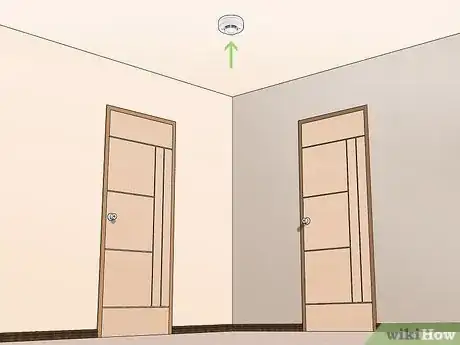
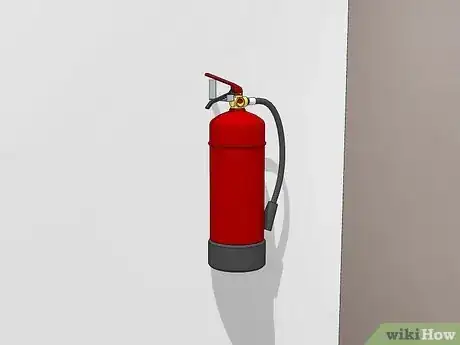
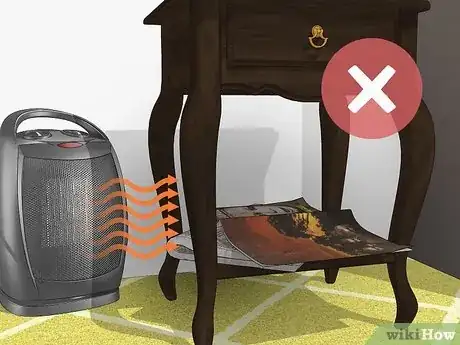
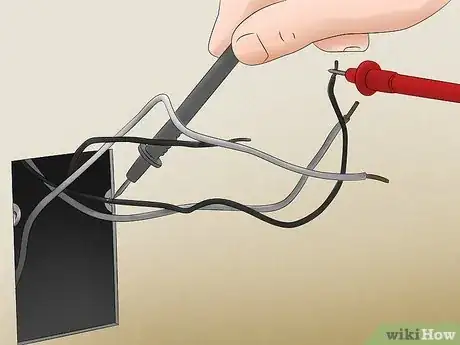
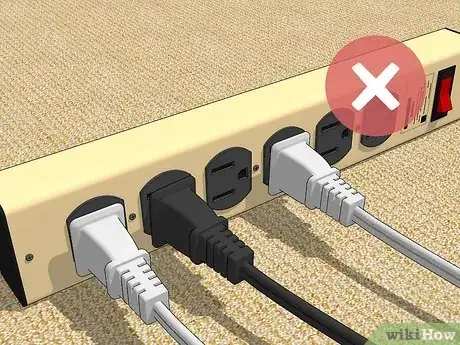


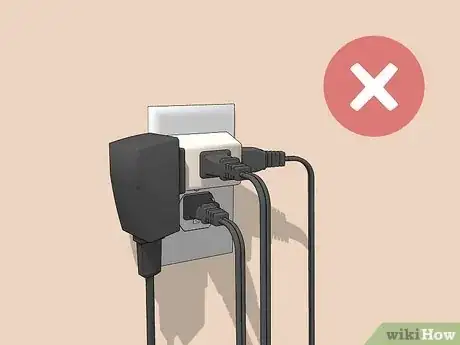
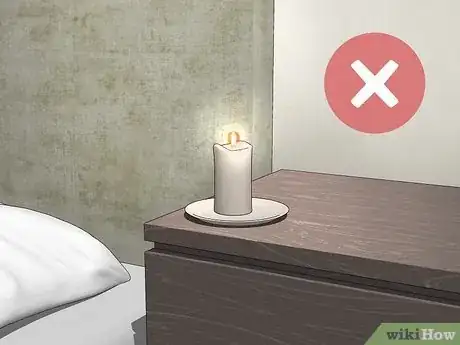
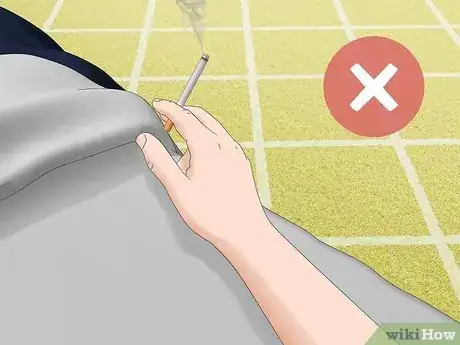
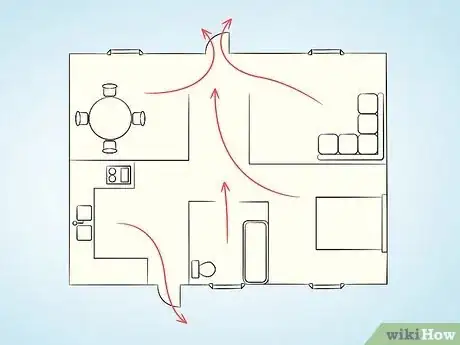



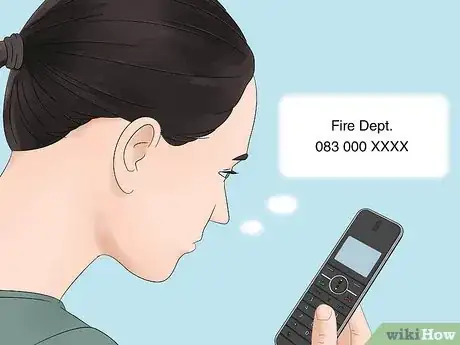

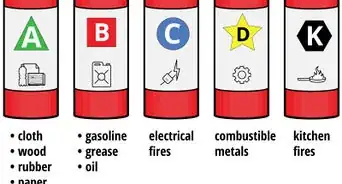





-Step-11-Version-2.webp)



